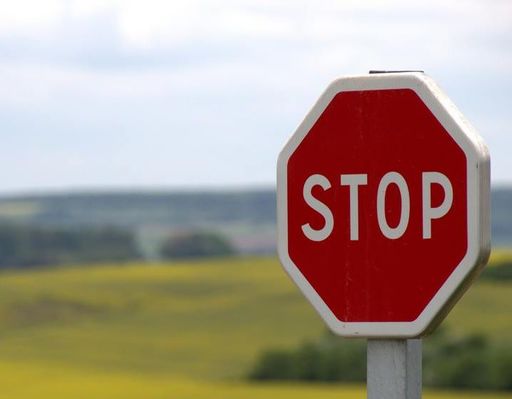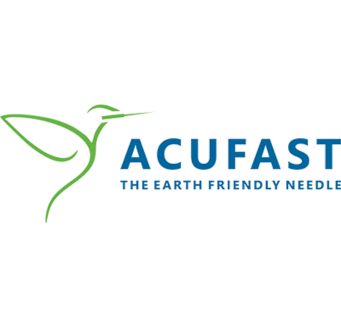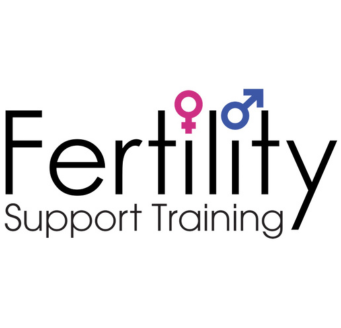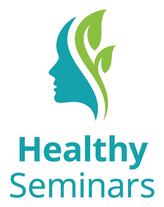|
By Matthew Bauer, L.Ac. Many of you have no doubt seen the media reports about a study published this year in the Journal of the American Medical Association (JAMA) that found “real” acupuncture to be no better than “sham” acupuncture when used to support In Vitro Fertilization (IVF) (1). This study joins a long list of “negative” studies that found real acupuncture to do no better than sham/placebo for many different conditions. Although findings such as these are often offset by other positive studies showing real acupuncture doing better than sham, acupuncture critics site these negative studies as proof that acupuncture is only a placebo and should not be promoted. While these critic’s views have not stopped acupuncture from becoming more accepted they have slowed its acceptance in different ways in many countries. But how valid are these negative studies? I was recently contacted by Lianne Aquilina, a fertility specialist and member of the ANF Board of Advisors who wanted to alert me to an excellent article (that we published for you here) written by Dr. Carlo Maria Giovanardi, MD, President of the Italian Federation of Acupuncture Societies (F.I.S.A.). This article looks closely at problems with the sham controls used in this IVF study. Lianne, together with Irina Szmelskyj, served as Research Spokes Persons for the British Acupuncture Council (BAcC). The BAcC recently issued a Media Response about the IVF study and Lianne also brought this response to my attention. Dr. Giovanardi’s article gives several references of published studies that clearly show that the sham acupuncture protocols, meant to be an inactive placebo, are not inactive. This being the case, they fail in their role as an inactive/placebo control and can lead to false negative outcomes in acupuncture trials. The BAcC’s Media Response looks at the other source of false negatives I have been trying to bring attention to – that the “real” acupuncture in so many trials fails in its role as the “active” therapy. This happens all too often because the clinical protocols being employed do not allow the real acupuncture to be as effective as it could be. In the case of this IVF trial, this problem of a poor clinical protocol for the real acupuncture seems quite clear. The researchers involved with this IVF trial actually did a very constructive and seldom done preliminary step. They carried out a Delphi process with 15 acupuncture fertility specialists to first find agreement on what would be a valid protocol for the points to use and the number and frequency of treatments that should be done. Ensuring that the clinical protocols used in a study will allow acupuncture to reach its maximum benefit is a badly missing step in the vast majority of acupuncture trials. However, while those protocols were well vetted in preparation of this IVF trial, according to the BAcC, they were not followed. The researchers ended up doing fewer treatments before the embryo/blastocyst transfer stage of the IVF procedure than their own experts had recommended. Here is what the BAcC’s response had to say: “The acupuncture treatment protocol in this study was based on some earlier research conducted by Professor Smith, during which a number of expert reproductive acupuncturists were consulted on what they believe to be the optimal acupuncture treatment for IVF patients. The consensus was that patients should receive acupuncture during the ovarian stimulation phase at a frequency of “… a minimum of twice weekly treatments to every other day up until the time of the trigger injection. “However, in the latest study, due to a lack of resources, Professor Smith and her colleagues were only able to offer a single treatment session to patients undergoing ovarian stimulation. She and her co-authors acknowledge that more treatments should have been administered: “In clinical practice acupuncture treatment is individualized with variation in the dosing characteristics of acupuncture, including more frequent treatment prior to and during IVF.” PUTTING IT ALL TOGETHER Lianne tells me there are more issues with this IVF trial design that will likely be published later but let’s be very clear about the implications of all this: In order for a sham controlled study to be able to shed light on how much of acupuncture’s clinical effects are beyond the placebo effect, the sham control needs to be inactive AND the real (verum) acupuncture needs to be done in a way that allows it to reach its maximum therapeutic benefit (MTB). While there has been considerable discussion regarding the problems with sham controls, there has been far less consideration given to the issues of clinical quality in the real acupuncture arms. This being the case, many acupuncture trials have not been designed to allow acupuncture to reach MTB. Unfortunately, the acupuncture research community has not been proactive in acknowledging this huge oversight. The publication of this IVF study is a prime example of this lack of clarity as the authors of this JAMA article did not clearly explain when publishing the study that they were unable to carry out the treatments as their experts had advised. As appears to be the case with this IVF study, researchers often find it difficult to do as many treatments as they would like in order to give real acupuncture its best chance to reach MTB. Well, if that is the case, either don’t do the study at all or make it clear that you are doing a limited study NOT INTENDED to allow acupuncture to reach MTB! Not making this clear when the study is published gives a false picture of acupuncture’s true clinical potential. I am convinced that the combination of “false negatives” from sham controls that aren’t true (inactive) shams and “real” acupuncture protocols that don’t give real acupuncture a chance to show its true effectiveness has unfairly tarnished acupuncture’s reputation as seen in all the negative news reports over this IVF study. While this study is the most obvious example of this problem with perhaps the highest profile there are several others. ANF V.P. John McDonald and I have been working on a paper that will make the case that far too many sham controlled acupuncture trials have been done without regard to allowing the real acupuncture a chance to reach its maximum benefit. There are many examples of this problem we are working at detailing. I also just received word that I have been invited to participate in the “Second International Symposium on Research in Acupuncture” in Bologna, Italy in October, 2018 where I will have a chance to discuss this issue. I am honored to be given this opportunity and I look forward to reporting on the outcomes of this symposium. I am very grateful to Dr. Giovanardi for his article on the problems with sham acupuncture and to Lianne and Irina for their work including as Research Spokes Persons for the BAcC . It’s time to set the record straight about acupuncture research and get this “it is only a placebo” monkey off our backs once and for all.
2 Comments
Andrew Broomfield
8/22/2018 05:25:34 pm
I have long been of the opinion that comparing sham acupuncture with so-called real acupuncture was a mistake. Even the controlled environment of acupuncture therapy in research renders the acupuncture less effective. Acupuncture is as its best when practitioners can deliver treatments in their own clinics. Acupuncture should not be studied using methodologies designed to study pharmaceutical medicine. It should be studied in a similar way as surgical outcomes are studied: allow the practitioners to treat conditions utilising their skills to the best of their abilities, and then evaluate the outcomes.
Reply
8/24/2018 03:09:57 pm
Hi Andrew - Thanks for your comments.
Reply
Your comment will be posted after it is approved.
Leave a Reply. |
ArticlesArchives
April 2020
Categories |
Vision
"Creating a world where the benefits of acupuncture are known and available to all."
"Creating a world where the benefits of acupuncture are known and available to all."
Mission
"Working to identify and bring down the barriers that are preventing acupuncture from reaching its true potential."
"Working to identify and bring down the barriers that are preventing acupuncture from reaching its true potential."
-
About
- About the ANF
-
Officers and Advisors
>
- Matthew Bauer
- John McDonald
- Gayle Bauer
- Neil Malley
- Ben Maloney
- Lianne Aquilina
- Katherine Berry
- Johanna Biemans
- Lorne Brown
- Charlie Buck
- Xia Cheng
- Peter Deadman
- Jennifer Dubowsky
- Reginaldo Filho
- Val Finnell
- Stephen Janz
- Patty McBride
- Christian Nix
- Bob Wong
- Mike Worley
- Amos Ziv
- Jacinta Eales
- Julia Scott
- Contact
- About Acupuncture
- Find an Acupuncturist
- Research
- PN-Campaign
- Donate
Select the ANF as your charity under the eBay charity program and donate a portion of your eBay auctions to the ANF. Click here for further details.
Our Sponsors
|
Upcoming Courses
Purchase your CEU/PDA courses by following our affiliate’s links here and help us fund all our projects! We offer courses from Brad Whisnant Seminars with 20% of the proceeds donated to the ANF when you click their link (underlined) or the logo to the right and also courses from Healthy Seminars with 10% of proceeds donated to the ANF when you click their link (underlined) or their logo to the right." |
The Acupuncture Now Foundation, © 2020


 RSS Feed
RSS Feed




